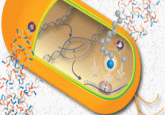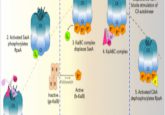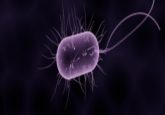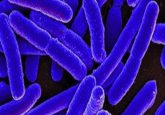Evolutionary mapping of E. coli offers novel drug target
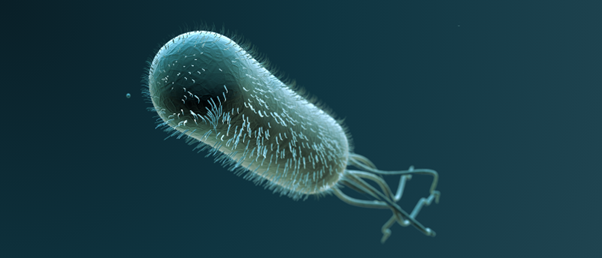
Researchers have identified a promising therapeutic target by looking at the evolutionary history of one of Escherichia coli’s (E. coli) main virulence factors.
An international collaboration of researchers led by the Wellcome Sanger Institute (Cambridge, UK), Imperial College London (UK), University College London (UK) and the University of Oslo (Norway) has gone back through time and mapped the evolutionary history, prevalence and distribution of a major virulence factor in E. coli to aid in drug discovery efforts.
The researchers focused on a subset of E. coli containing a K1 capsule, an extracellular barrier that surrounds the bacterium. This capsule allows the bacteria to mimic molecules in human tissues and enter the body without raising alarm, leading to severe extraintestinal diseases, such as bloodstream infections and meningitis. With the rise in hypervirulent and multi-drug resistant strains, developing treatments that don’t rely on antibiotics is essential.
Using high-resolution population genomics, whole-genome sequencing and computational tools, the researchers analyzed 5,065 clinical samples collected from different countries and time periods. Large collections of samples were obtained from the UK and Norway, newly generated adult and neonatal samples were collected from Brazil, Laos, Mexico, Poland, the UK and the USA, and samples from the pre-antibiotic era (data from 1932–1954) were analyzed from the Murray collection.
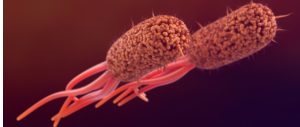 Sharing is caring: how bacteria transfer antibiotic-resistance genes
Sharing is caring: how bacteria transfer antibiotic-resistance genes
Extracellular appendages on gut bacteria accelerate the transfer of antibiotic-resistance genes.
The analysis revealed that the K1 capsule was first introduced in the E. coli population more than 500 years ago, indicating that this capsule has been important to the bacterium’s survival. They also found that 25% of all current E. coli strains that cause blood infections contain the genetic information to develop the K1 capsule.
Enzymes from bacteriophages were used to remove this extracellular barrier in an in vitro experiment using human serum. This made the bacterium more susceptible to the immune system, indicating that therapeutically targeting the K1 capsule could offer a suitable alternative to treating E. coli infections with antibiotics.
“It was exciting to discover the possibility of reconstructing the evolutionary history of the K1 capsule over the last half millennium, and to see how the capsule genes have been acquired over and over again by many different lineages of this pathogen species over the centuries,” commented first author Sergio Arredondo-Alonso (the University of Oslo and the Wellcome Sanger Institute). “As neither the prevalence nor the history of K1 was known, it felt like we entered truly unchartered territory and significantly advanced understanding of this major pathogen species.”
